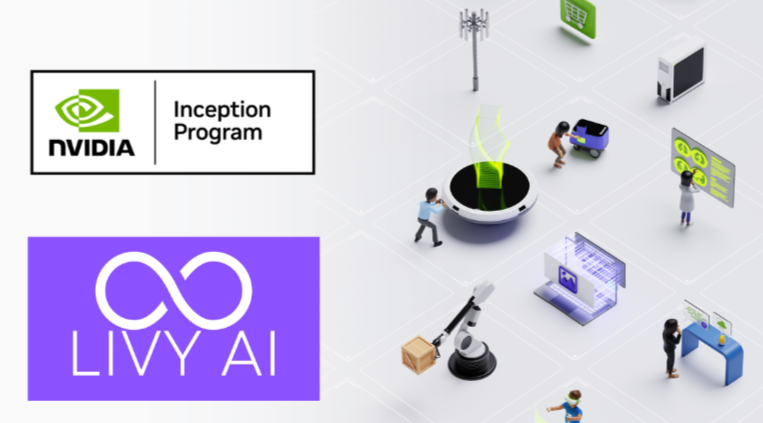
Artificial intelligence (AI) has become an integral part of various industries, and broadcasting is no exception. This groundbreaking technology is transforming the way content is created, distributed, and consumed. With its ability to analyze vast amounts of data and learn from it, AI is revolutionizing the future of media in unprecedented ways. In this article, we will explore the remarkable impact of artificial intelligence in broadcasting and how it is reshaping the industry.
Understanding Artificial Intelligence
Before delving deeper, let's briefly understand what artificial intelligence actually is. Artificial intelligence refers to the simulation of human intelligence in machines, enabling them to learn, reason, and make decisions. Through the utilization of algorithms and vast amounts of data, AI systems can perform tasks that traditionally required human intelligence.
The Emergence of Machine Learning
One of the key components of AI is machine learning (ML). Machine learning algorithms allow computers to analyze data, identify patterns, and make data-driven predictions or decisions. ML has brought about a significant change in broadcasting, as it enables content creators and broadcasters to analyze audience preferences, predict trends, and personalize the viewing experience.
AI-powered Recommendation Systems
AI has revolutionized the way we discover new content through recommendation systems. Platforms like Netflix and YouTube extensively use AI algorithms to analyze our viewing history, preferences, and behavior to recommend personalized content. Through sophisticated algorithms, AI-powered recommendation systems have played a pivotal role in increasing viewer engagement and satisfaction.
Automating Video Editing
Artificial intelligence has the potential to transform the traditional and time-consuming process of video editing. AI-powered tools can automatically detect and remove unwanted scenes, generate captions, and even create highlight reels based on viewer preferences. This not only reduces the time taken for editing but also enhances the overall content quality.
Enhancing Visual Effects
With the emergence of AI, broadcasters can now create stunning visual effects and graphics more efficiently. AI algorithms can analyze videos frame-by-frame, identify objects, and integrate realistic visual effects seamlessly. This has opened up new possibilities for broadcasters to captivate their audiences with visually enriched content.
Personalizing Content Through AI
AI offers broadcasters the ability to personalize content based on individual viewer preferences. By analyzing data on viewer behavior, AI-powered systems can create personalized content recommendations, advertisements, and even tailor news broadcasts based on the user's interests. This level of personalization fosters a more engaging and immersive viewer experience.
AI in Live Broadcasting and News
Automated News Generation
Artificial intelligence is revolutionizing the way news is generated and disseminated. AI-powered systems can now analyze structured and unstructured data across various sources, extract relevant information, and generate news articles within seconds. This automation of news generation reduces human effort and enables news organizations to deliver real-time updates efficiently.
Real-time Language Translation
In an increasingly globalized world, real-time language translation has become a vital aspect of broadcasting. AI-powered systems equipped with natural language processing capabilities can instantly translate spoken or written content into different languages, allowing broadcasters to reach a broader audience without the need for human translators.
Smart Camera Systems
AI has enabled the development of smart camera systems that can automatically detect and track subjects within a live broadcast. These intelligent cameras can adjust framing, focus, and even anticipate movements, ensuring a seamless and captivating viewing experience. AI-powered camera systems have significantly transformed live broadcasts, from sporting events to news coverage.
Ethical Considerations in AI Broadcasting
While AI brings numerous benefits to the broadcasting industry, it also raises ethical concerns. Issues such as fake news generation, deepfake videos, and biased content recommendations are some of the challenges broadcasters and AI developers need to address. Striking a balance between innovation and ethical practices is imperative for the sustainable growth of AI in broadcasting.
Ensuring Data Privacy and Security
As AI relies heavily on data to provide personalized experiences, ensuring data privacy and security is of utmost importance. Broadcasters must establish robust mechanisms to safeguard user information and comply with relevant data protection regulations. By maintaining transparency and adopting ethical data practices, broadcasters can build trust among users and protect their privacy.
Conclusion
Artificial intelligence is revolutionizing the broadcasting industry, transforming content creation, personalization, and audience engagement. As AI continues to evolve, broadcasters must embrace this technology to stay ahead in an ever-changing media landscape. By leveraging the power of AI, the future of broadcasting promises a more immersive, personalized, and captivating viewing experience for audiences worldwide.

